15 Valuable Antique Silverware Pieces Collectors Look For
Silverware has long been cherished for its elegance and craftsmanship. Antique silverware, in particular, offers a glimpse into history through its detailed designs and materials. Many collectors find joy in discovering and preserving these beautiful items. In this article, let us explore the types of antique silverware that are worth collecting.
This post may contain affiliate links, which helps keep this content free. Please read our disclosure for more info.
Georgian Silver Spoons
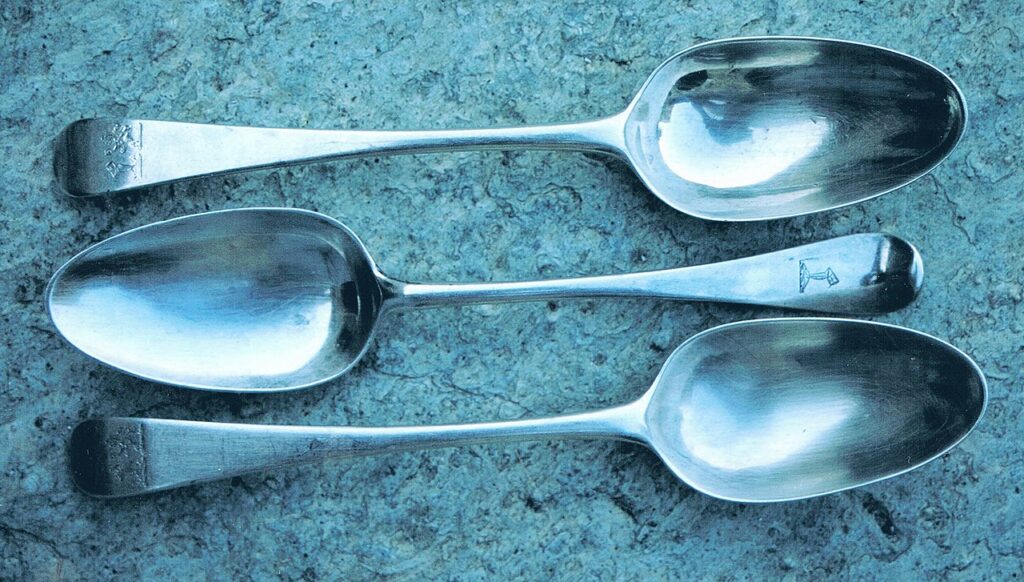
Georgian silver spoons were produced between 1714 and 1830 during the reign of the House of Hanover in England. These spoons are known for their simple yet elegant designs, with many featuring a rounded or fiddle-shaped handle. Today, well-preserved examples of Georgian silver spoons can fetch anywhere from $200 to $1,000, depending on the maker and condition. They are highly sought after by collectors due to their historical significance and beautiful craftsmanship.
Georgian silver spoons were often crafted by skilled silversmiths, with many bearing the hallmarks of renowned English makers. The value of these spoons is influenced by factors such as age, rarity, and the quality of the silver. Many collectors focus on acquiring sets or spoons with unique engravings or detailed patterns. As these items are both functional and decorative, they continue to be prized among antique collectors.
Victorian Silver Forks
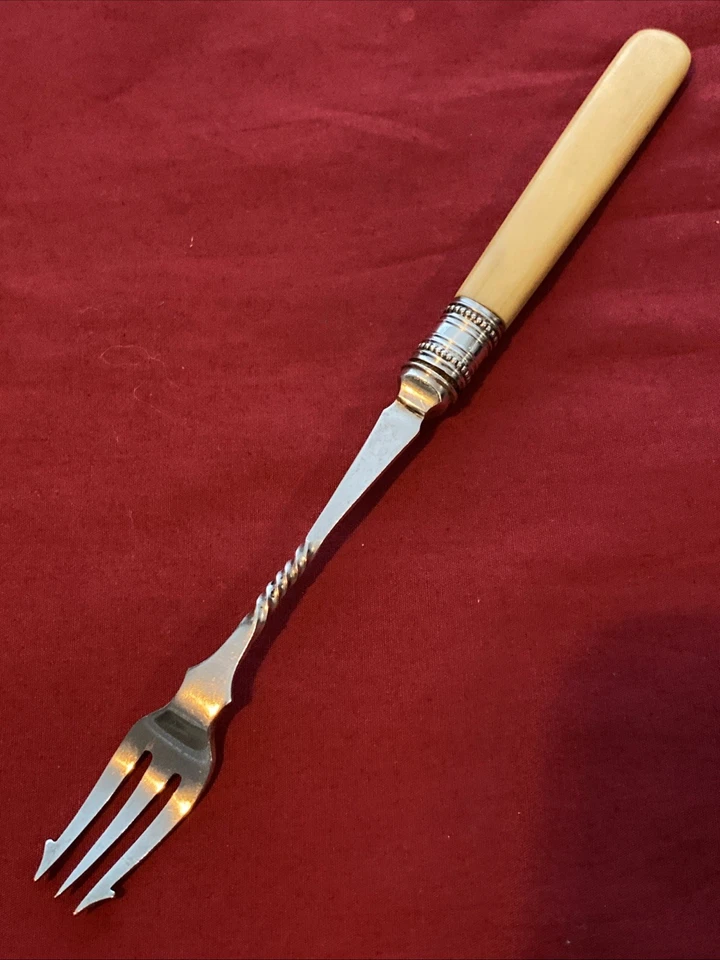
Victorian silver forks were crafted during the reign of Queen Victoria, from 1837 to 1901. These forks often feature intricate designs, such as floral patterns or neo-Gothic styles, reflecting the opulence of the era. A single Victorian silver fork can range in price from $100 to $500, with complete sets fetching much higher amounts depending on the condition and maker. Collectors particularly value forks from well-known silversmiths, such as Garrard and Co. and James Wakely and Frank Clarke Wheeler.
The Victorian era marked a time of innovation in design and silverware manufacturing, which is evident in the fork’s elaborate designs. These pieces are typically heavier and more decorative than their earlier counterparts, often showcasing engraved patterns, animal motifs, and ornate handles. The value of a Victorian silver fork depends on its condition, rarity, and the silversmith’s reputation. Antique silverware enthusiasts enjoy adding these forks to their collections due to their beauty and connection to an important period in history.
Art Nouveau Silverware
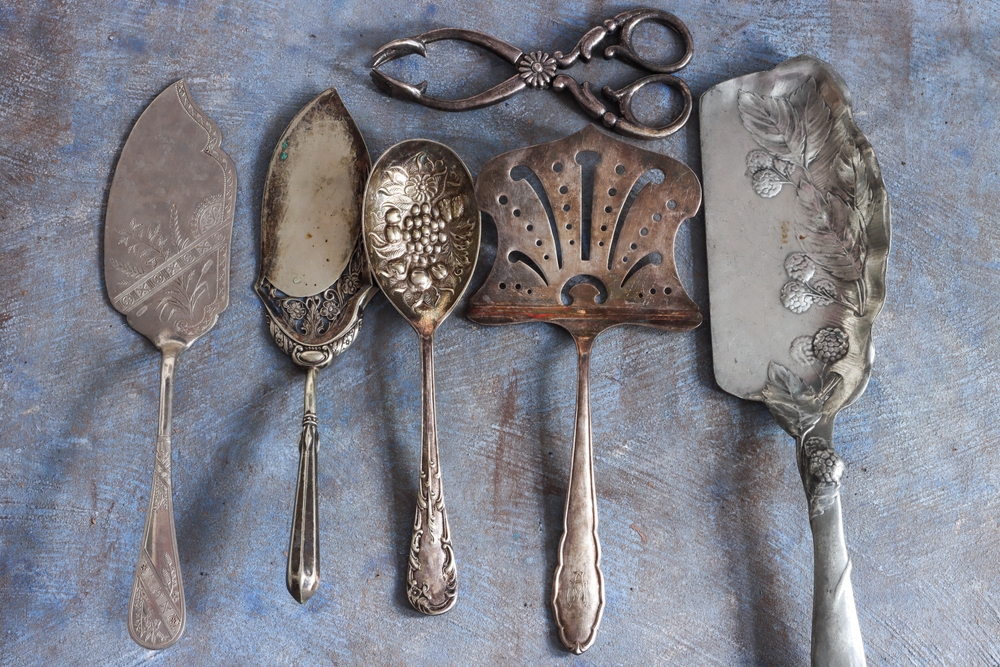
Produced between 1890 and 1910, Art Nouveau silverware is characterized by flowing lines and organic motifs, such as flowers, vines, and curving forms. Artists like Louis Comfort Tiffany and Rene Lalique were known for creating stunning examples of Art Nouveau silverware, which are now highly sought after. The market value of Art Nouveau silverware can vary greatly, with pieces ranging from $500 to several thousand dollars depending on the artist and rarity of the design. These pieces are particularly valued for their artistic qualities and the innovation they represent in the silverware industry.
The beauty of Art Nouveau silverware lies in its detailed craftsmanship and the organic, almost whimsical designs that defined the period. As the movement was short-lived, only a limited number of pieces were produced, increasing their desirability. Collectors often look for pieces with distinctive designs or those associated with famous makers. Because of its visual appeal and association with the Art Nouveau movement, this silverware remains a favorite among antique collectors.
Sterling Silver Flatware Sets
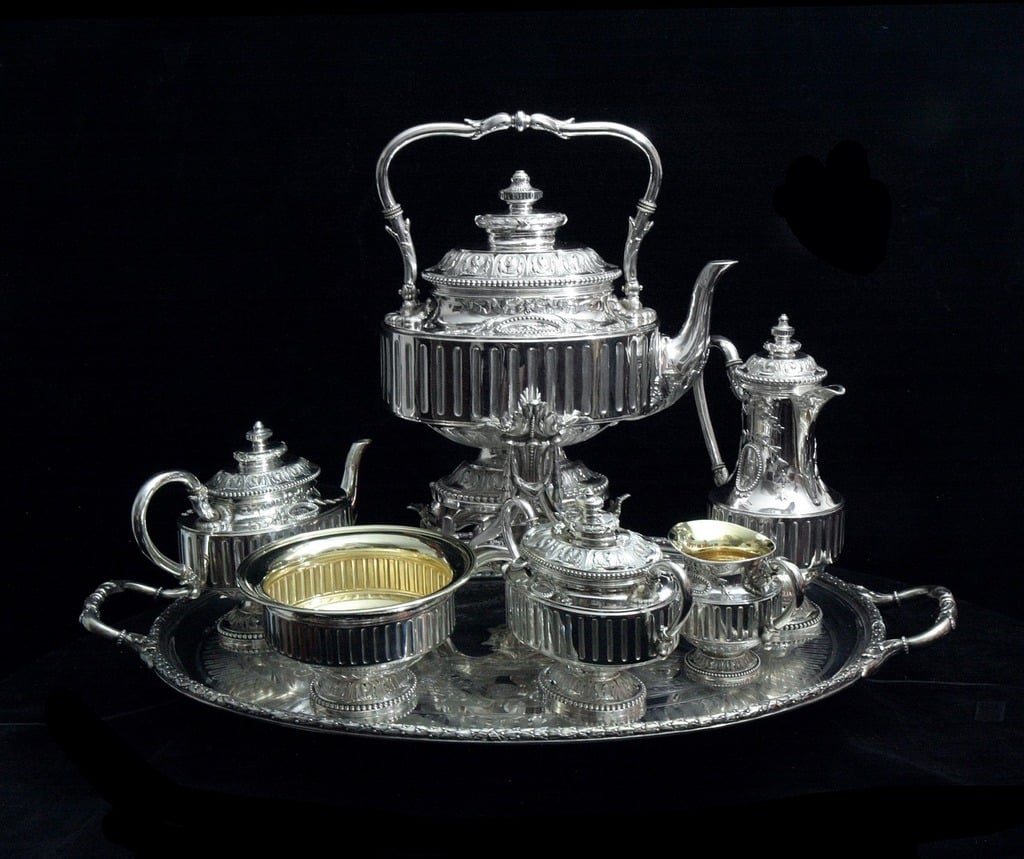
Sterling silver flatware sets, made from silver that is 92.5 percent pure, have been produced for centuries, with notable examples from the 18th century still highly coveted today. These sets often include knives, forks, spoons, and serving pieces, designed for both functionality and elegance. Depending on the maker and the set’s age, a sterling silver flatware set can range in value from $1,000 to over $10,000. High-end sets from renowned manufacturers, such as Tiffany and Co. or Gorham, can command even higher prices.
Sterling silver flatware sets were popular for formal dining, and many collectors seek these sets for their historic and aesthetic value. The condition of the set, the pattern design, and the inclusion of rare or personalized pieces can all impact its price. Many collectors also look for sets with matching serving pieces, as they add to the completeness of the collection. These sets continue to be a popular choice for both display and everyday use among antique silverware enthusiasts.
Silver Serving Trays
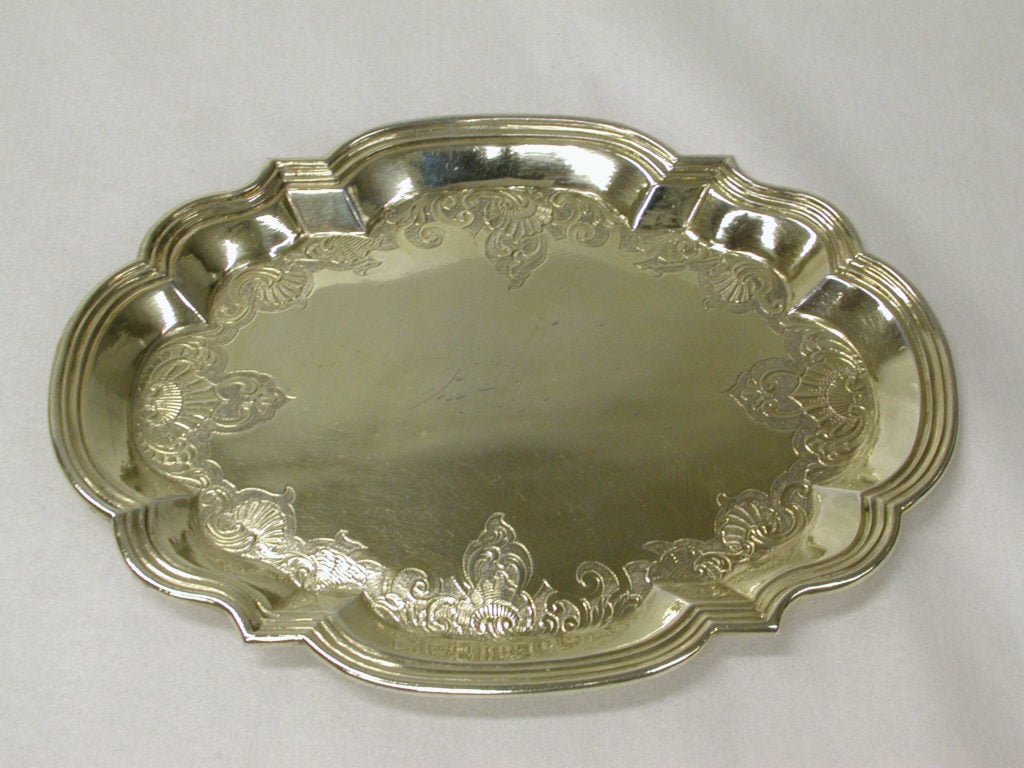
Silver serving trays have been a staple in wealthy households since the 18th century. These trays were often used for serving drinks or meals at formal gatherings, and they come in a variety of styles, from simple round trays to elaborate engraved designs. Depending on the design, age, and maker, silver serving trays can range in price from $500 to $5,000. Antique trays from well-known makers, such as Tiffany and Co. or Reed and Barton, are especially valuable to collectors.
Silver serving trays are admired for their functionality and elegance, often showcasing intricate designs and detailed engravings. Larger, more ornate trays that feature hand-chased patterns or personalized engravings can fetch higher prices. As they are both decorative and functional, silver serving trays are a highly valued addition to any silverware collection. Their historical significance and enduring appeal make them a popular choice for collectors.
Tudor Silverware
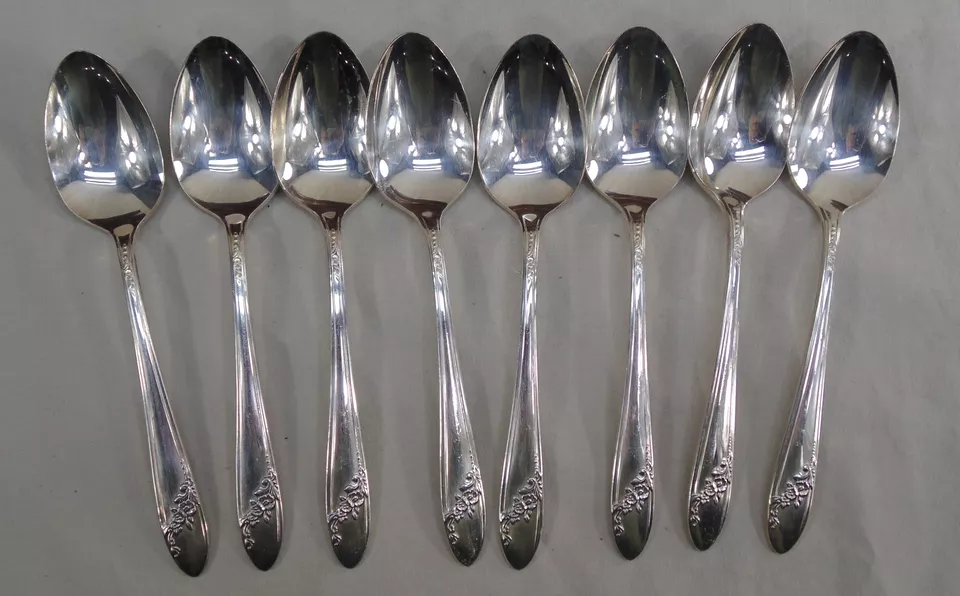
Tudor silverware refers to pieces that were made during the Tudor period in England, roughly between 1485 and 1603. These pieces are often characterized by simple yet sturdy designs, with many featuring hammered surfaces or Gothic influences. Tudor silverware is rare and can be very expensive, with certain items selling for tens of thousands of dollars. The scarcity and historical significance of these pieces make them highly collectible.
Tudor silverware was made during a time when silver was a symbol of wealth and power, and as a result, many pieces were commissioned by royalty and nobility. These items often feature engraved or embossed crests and coats of arms. Due to the limited number of surviving pieces from this era, Tudor silverware is highly prized by collectors and museum curators alike. Its historical value and connection to a significant period in British history make it a fascinating item for collectors.
Art Deco Silverware
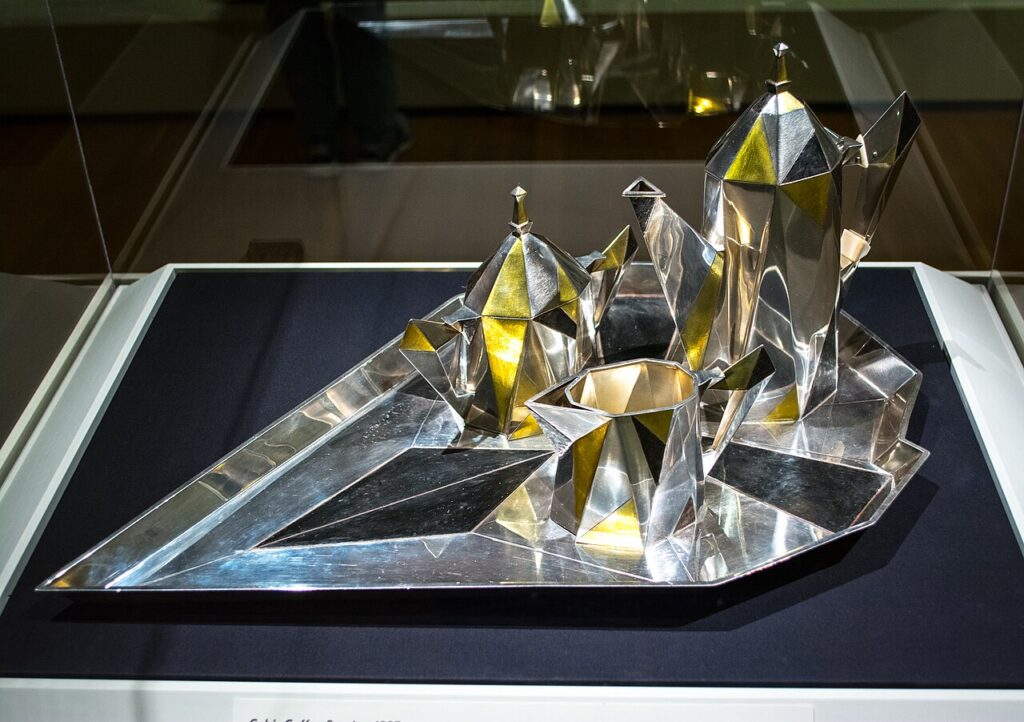
Art Deco silverware, produced during the 1920s and 1930s, is known for its bold geometric patterns and sleek lines. This style of silverware became popular during the Jazz Age and is associated with the glamour and luxury of the time. Depending on the maker and design, Art Deco silverware can range in value from $200 to $2,000. Pieces from designers such as Cartier or Buccellati are particularly valuable and often fetch much higher prices.
Art Deco silverware blends modern design with traditional silverworking techniques, making it a favorite among collectors of vintage silver. The emphasis on symmetry, geometric shapes, and luxury materials is evident in many Art Deco silver pieces. These items are not just functional but also serve as decorative art pieces. Collectors appreciate the timeless elegance and striking designs that make Art Deco silverware stand out.
Silver Tea Sets
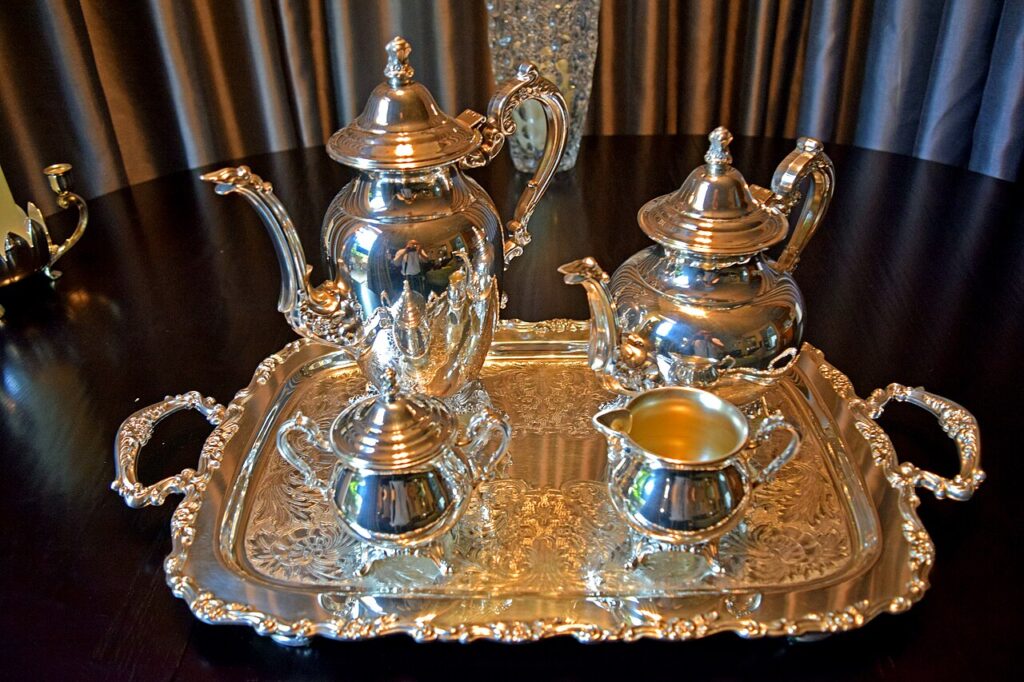
Silver tea sets became highly fashionable in the 18th and 19th centuries, often used during afternoon tea ceremonies. These sets typically include a teapot, sugar bowl, creamer, and sometimes a tray, all made from sterling silver. Depending on the maker and quality, silver tea sets can range in price from $1,000 to $15,000 or more. Tea sets from renowned silversmiths like Tiffany and Co. or Gorham are especially valued by collectors.
A silver tea set is considered both a functional and decorative piece, adding elegance to any tea party or collection. The value of these sets is largely determined by the craftsmanship, design, and condition of the pieces. Collectors often seek complete sets or those with intricate detailing. Antique silver tea sets continue to be popular for their beauty and historical significance.
Early American Silver
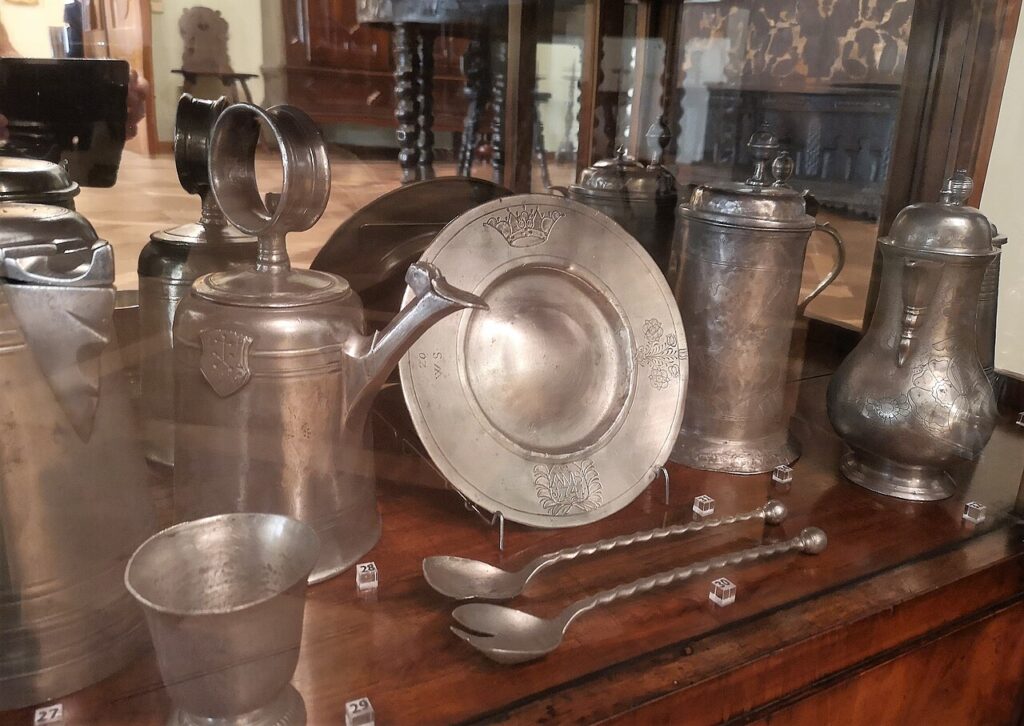
Early American silver, made between the late 1600s and early 1800s, represents a unique period in American craftsmanship. These pieces were often handmade by silversmiths in the New England and Mid-Atlantic regions, and many feature simple, colonial-style designs. Early American silver can range from $300 for smaller items to over $20,000 for rare, highly detailed pieces. The historical context and rarity of these items make them especially valuable to collectors.
Early American silver is notable for its utilitarian and decorative elements, with many pieces engraved with family names or symbols. These items provide a fascinating look into early American history, as silverware was often a symbol of wealth and status. The scarcity of well-preserved pieces from this period increases their value. Collectors of Early American silver appreciate both the craftsmanship and the historical stories these pieces tell.
Silver Butter Dishes
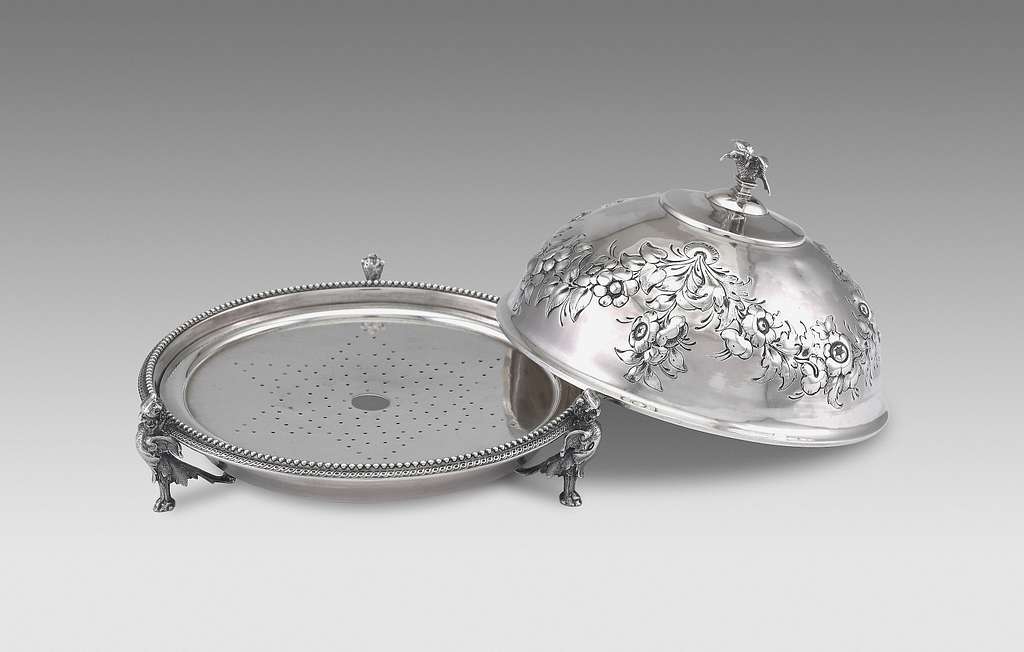
Silver butter dishes were a common luxury item in wealthy households from the 18th century through the early 20th century. These dishes often feature intricate designs and a hinged lid to keep butter fresh. Depending on the maker and design, silver butter dishes can range from $100 to $2,500 in value. Antique butter dishes from famous makers like Tiffany and Co. are particularly valuable due to their craftsmanship and historical significance.
Silver butter dishes were typically used during formal dinners or special occasions, adding elegance to the dining table. Many feature ornate engravings, floral patterns, or monograms, which add to their appeal. Collectors of antique silver appreciate the craftsmanship and attention to detail found in these items. They remain a highly prized addition to silverware collections for their historical and aesthetic value.
Silver Soup Ladles
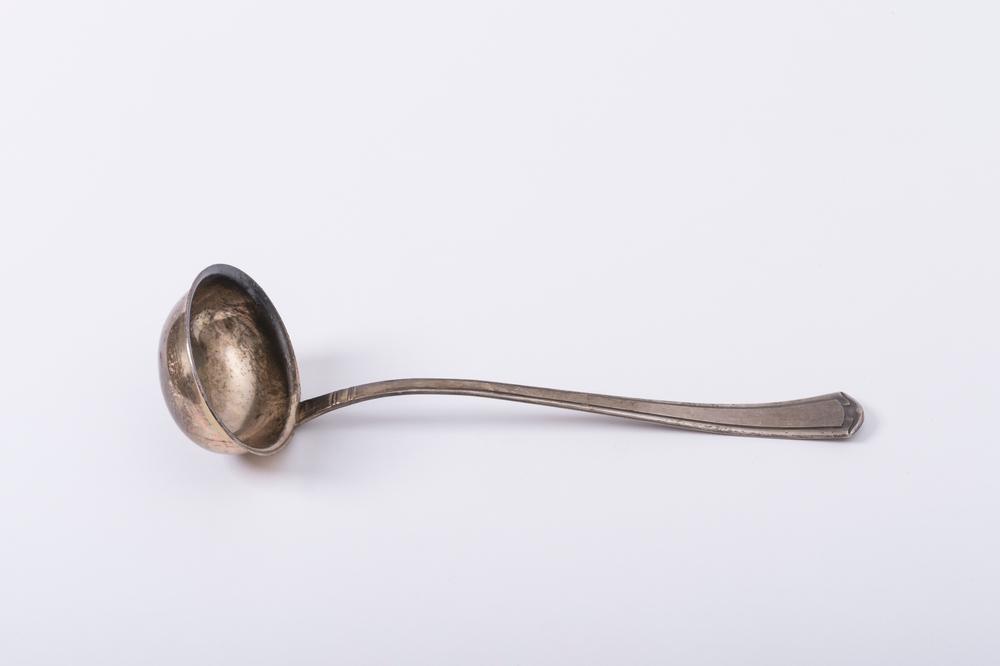
Silver soup ladles have long been an essential part of formal dining, often used during large feasts and banquets. These ladles are typically crafted from sterling silver and feature long handles and deep bowls for serving soup or punch. Depending on age and maker, silver soup ladles can range in price from $200 to $2,000 or more. Collectors particularly value those with elaborate designs or those made by famous silversmiths.
Soup ladles were designed for both function and elegance, often featuring engraved patterns or decorative handles. Antique silver soup ladles are coveted for their unique designs, and many collectors look for matching sets. These ladles not only add beauty to the table but are also treasured as functional works of art. As part of antique silverware, they continue to be sought after by collectors.
Victorian Silver Goblets
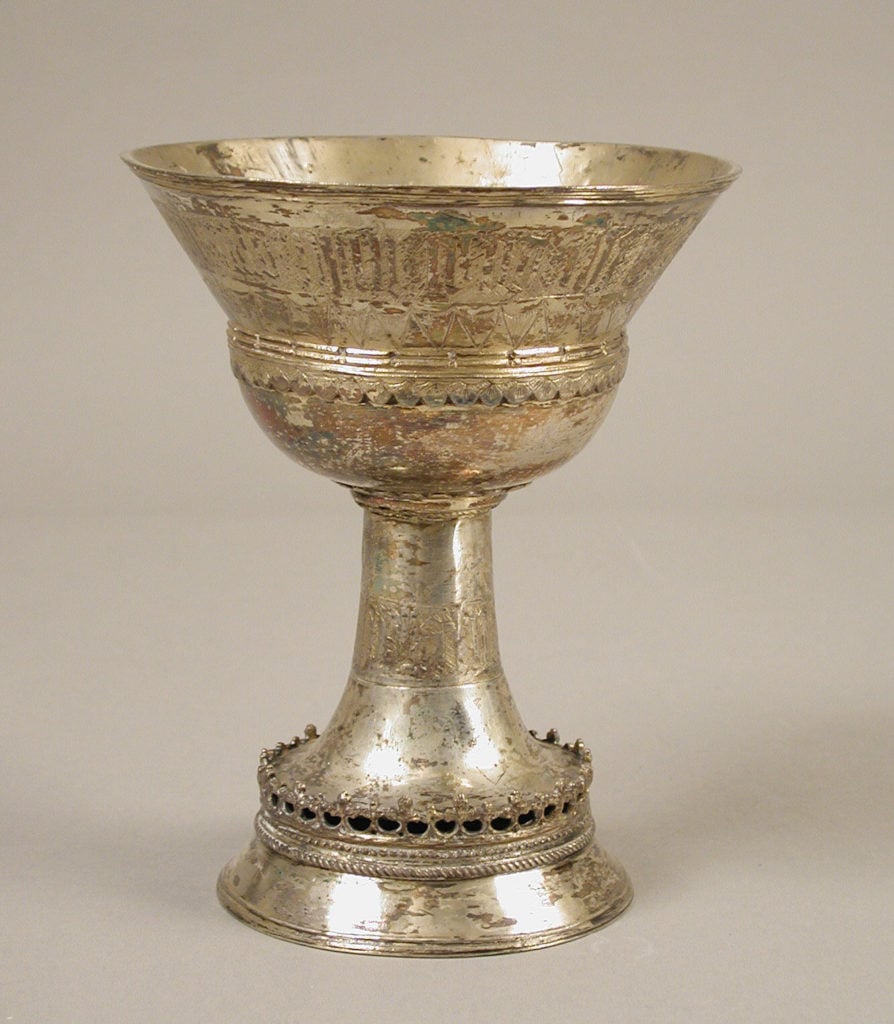
Victorian silver goblets, produced between 1837 and 1901, are known for their ornate and detailed designs. These goblets were often used at formal events and feasts, making them a symbol of wealth and prestige. Depending on the maker and condition, Victorian silver goblets can range in value from $400 to $5,000. Collectors seek out goblets from well-known silversmiths, such as Henry Wilkinson and Co. and Charles Boynton.
The detailed engravings and luxurious designs make Victorian silver goblets highly desirable. Many feature floral patterns, shields, or monograms, which add personal touches to these pieces. These goblets are highly regarded for their historical value and craftsmanship. As with other Victorian silver, their intricate beauty and design make them a treasured item for collectors.
Silver Cake Stands
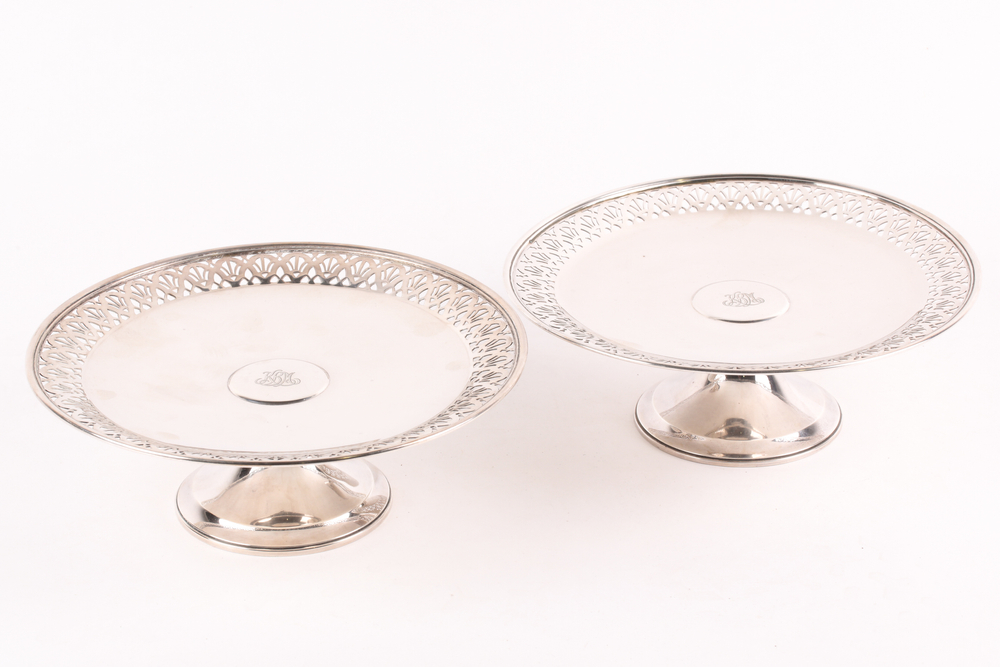
Silver cake stands were popular in the 18th and 19th centuries, often used for serving cakes at formal events or banquets. These stands are typically made of sterling silver and feature ornate, often hand-chased designs. A well-preserved silver cake stand can range from $500 to $3,000, with pieces from top makers like Tiffany and Co. being especially valuable. The elegance and craftsmanship of these stands make them a prized addition to any collection.
Silver cake stands were not only functional but served as decorative centerpieces during events. Many feature scalloped edges, floral motifs, or engraved initials, which add to their charm. Antique silver cake stands are highly collectible, especially those in good condition or with rare features. They remain a popular choice for collectors of fine silverware and antique home decor.
Silver Candlesticks
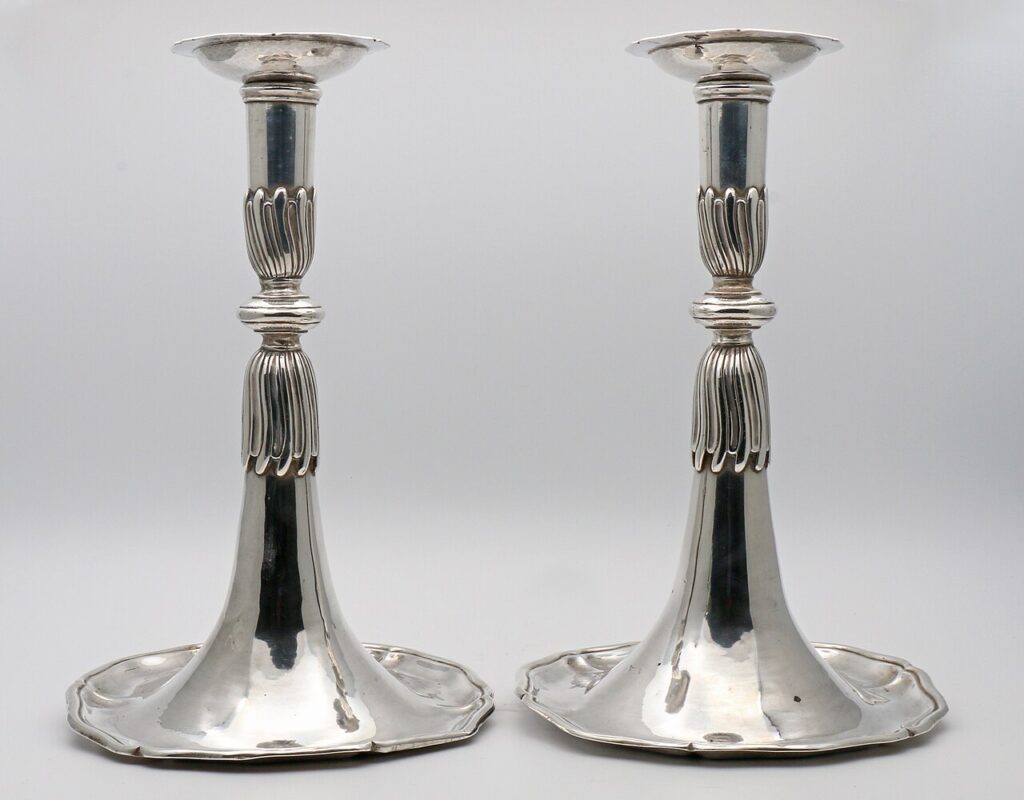
Silver candlesticks were commonly used in the 18th and 19th centuries for both lighting and decoration. These pieces often feature elegant designs, with some incorporating intricate engravings, floral patterns, or neoclassical influences. Depending on the size and maker, silver candlesticks can range from $500 to $5,000 or more. Renowned makers such as Paul Revere and William Rogers produced some of the most sought-after examples.
Silver candlesticks add timeless beauty to any collection, with their graceful designs making them both functional and ornamental. Many collectors seek pairs of candlesticks, as they often hold more value when matched. The condition and rarity of these candlesticks will significantly influence their market value. Antique silver candlesticks continue to be prized for their elegance and connection to history.
Silverware from past eras offers a fascinating glimpse into history, combining fine craftsmanship with timeless elegance. Whether you are an experienced collector or just starting, these pieces provide both beauty and value. The unique designs and historical significance make them a treasured addition to any collection. With the right care and knowledge, antique silverware can be a rewarding investment for years to come.
This article originally appeared on Avocadu.
